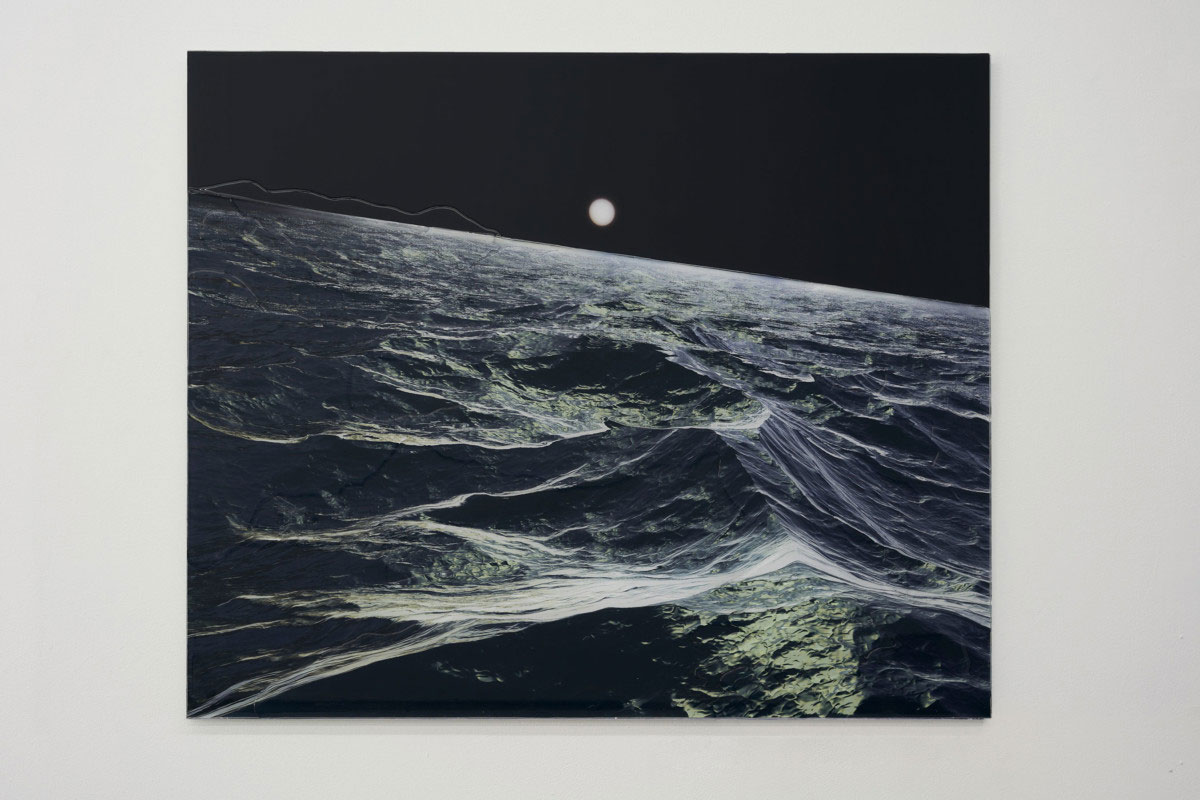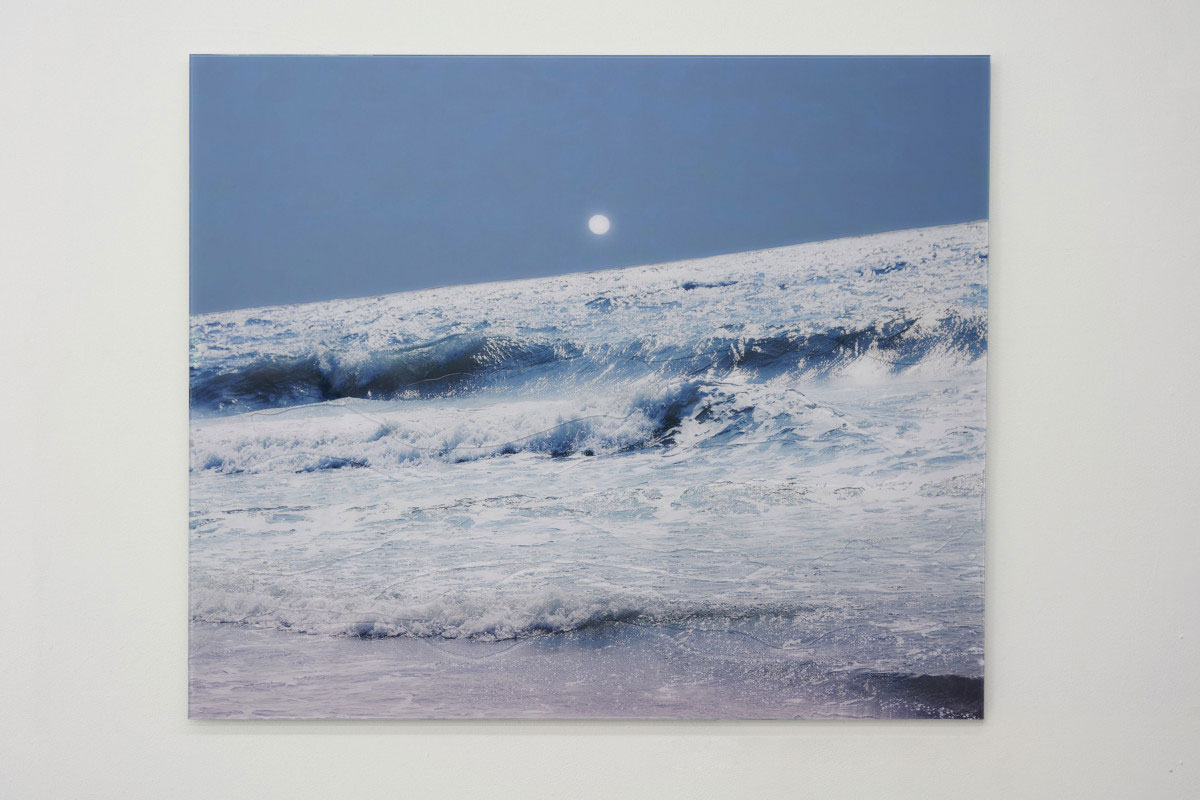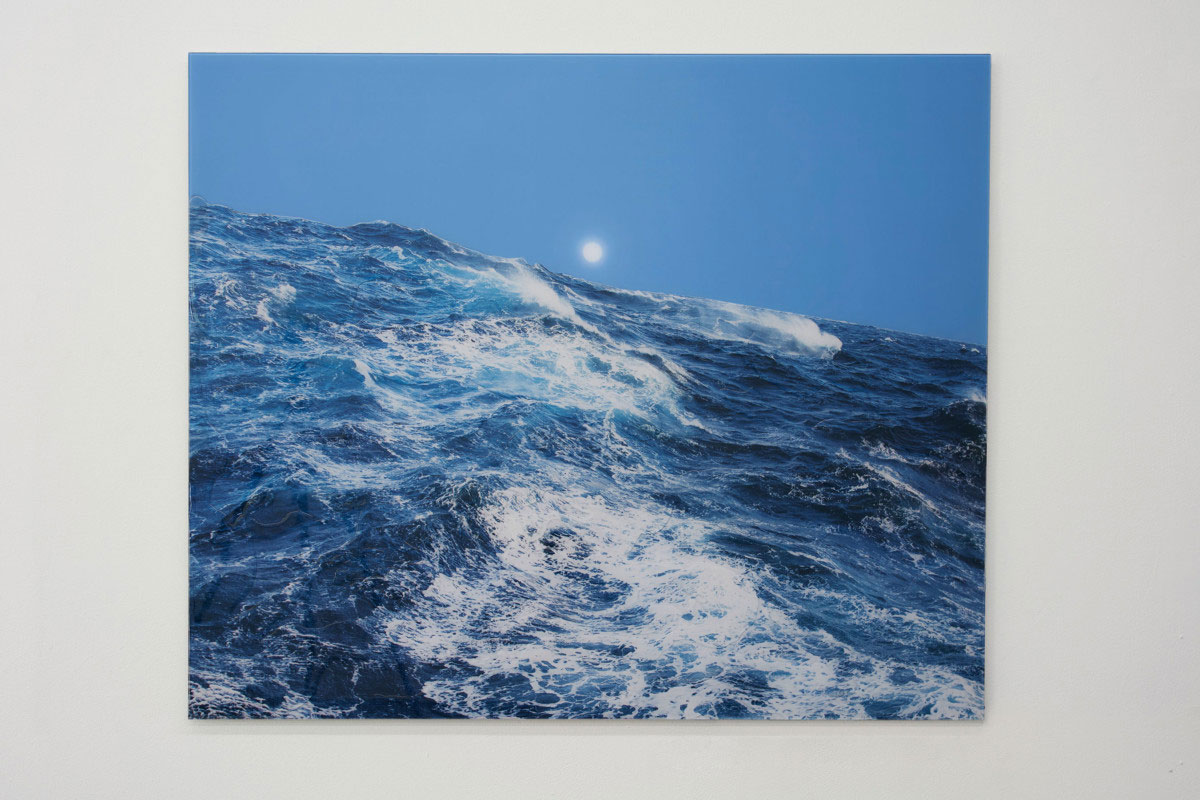ART CITIES:Munich-Flaka Haliti
 In the era of digital imagery, Haliti’s work revolves around such romantic ciphers as clouds, moons, and love letters. And yet Haliti endows her imagery not with gravity, but with a yearning, awkward note. Emotions and messages of love in the digital age are issues she addresses, disguised in the medium of childlike drawing.
In the era of digital imagery, Haliti’s work revolves around such romantic ciphers as clouds, moons, and love letters. And yet Haliti endows her imagery not with gravity, but with a yearning, awkward note. Emotions and messages of love in the digital age are issues she addresses, disguised in the medium of childlike drawing.
By Efi Michalarou
Photo: Deborah Schamoni Gallery Archive
Linguistic as well as material reference systems are connected with each other in such a way that in Flaka Haliti’s solo exhibition “Watchu expect me to do when I lose my cool” a hybrid gallery space is created: photographs and collages of possible water surfaces and lunar landscapes, processed with resin for more fluidity, are shown together with two-dimensional deep sea creatures entitled “what are they thinking that we thinking that they thinking we going to do next?” (2019), as well as with large-format digital collages “What to do?” (2019) and “Who is going to do?” (2019). In the face of extreme political affects, Haliti’s titles pose the question of responsibility: Who is looking at me, you or us in the age of extractive capitalism and planetary natural forces? In challenging times, the freedom to “lose my cool” is rather a performative task than a given option. It is a liquid condition that releases a subject-object-capacity that allows both, being-in-the-world and being-beyond-the-world. A political consequence of such a condition is that it does not anticipate or neutralise the effects of what follows. The characteristic of fluidity is to be bound to time and less to space, i.e. to surrender completely to motion. Flaka Haliti, who represented Kosovo, her home country, at the 56th Venice Biennale with an installation titled “Speculating on the Blue“ reflecting on the meaning of borders, democracy, freedom and mobility. At least since then she is internationally known for her geopolitical explorations of national borders and the identities of unions such as the UN or the EU. At the Venice Biennale, she filled a room with blue sand and placed iron bar constructions in it that usually serve to reinforce the concrete elements of border walls. The room was flooded with light transitioning from white to yellow, red, pink and blue, twice a day in reference to the blue hour. With every color the perception of the space changed completely; especially in the blue light the lines between the walls and the floor blurred and opened up the room into the infinite, an allusion to open national borders like those within the European Union and, at the same time, an affront to the Venice Biennale’s principle of exhibiting different nations.
Info: Deborah Schamoni Gallery, Mauerkircherstr. 186, Munich, Duration: 13/3-23/5/20, Days & Hours: Wed-Fri 12:00-18:00, Sat 12:00-16:00, http://deborahschamoni.com
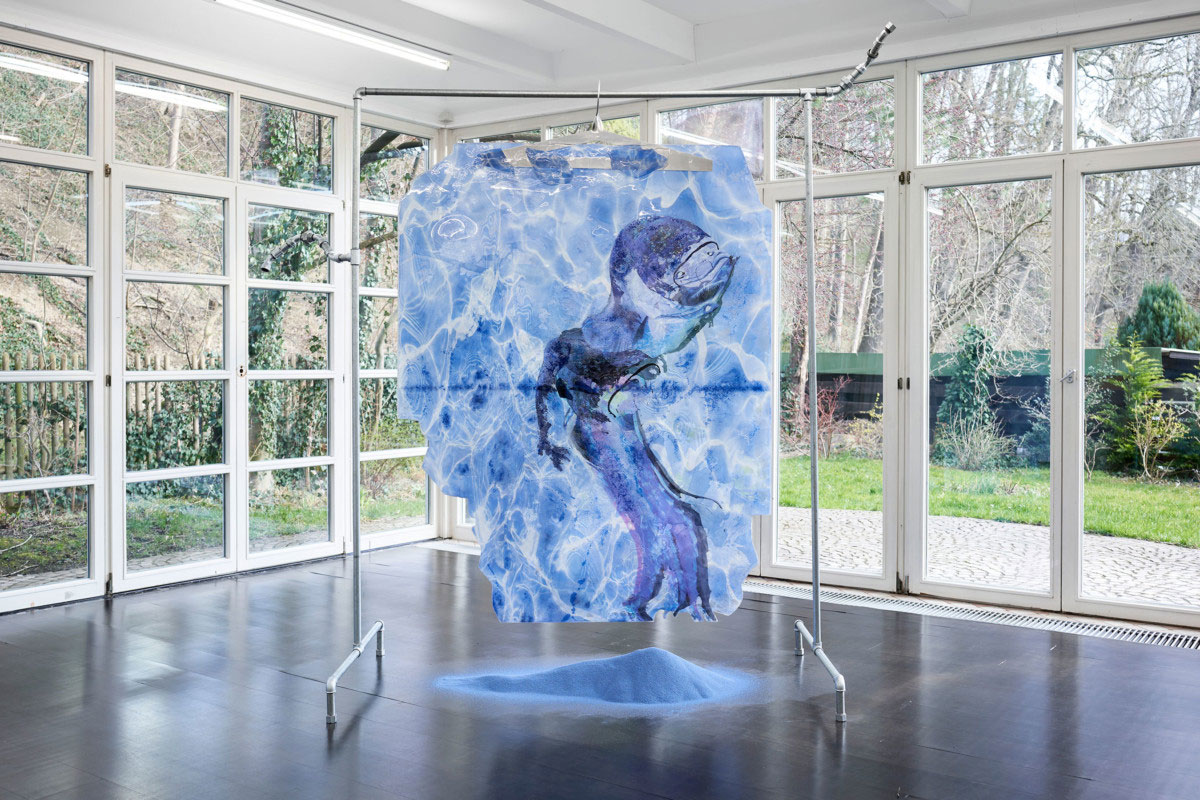
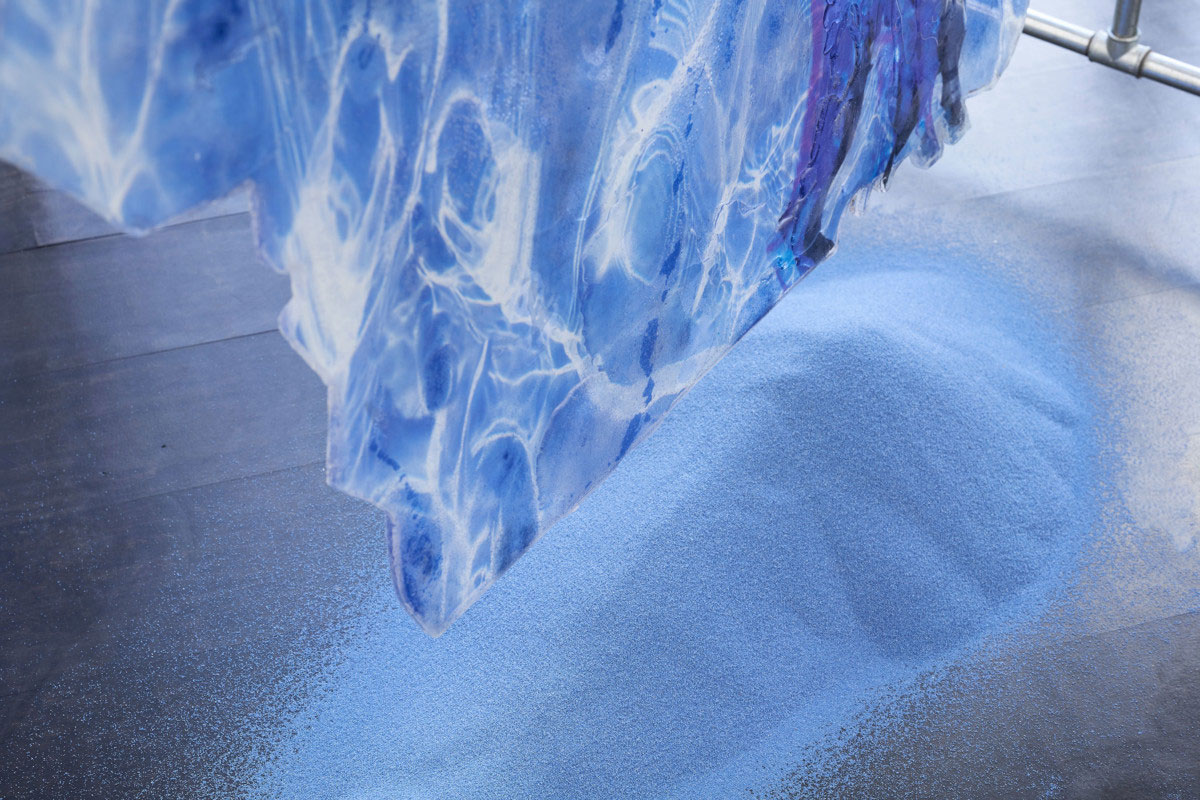
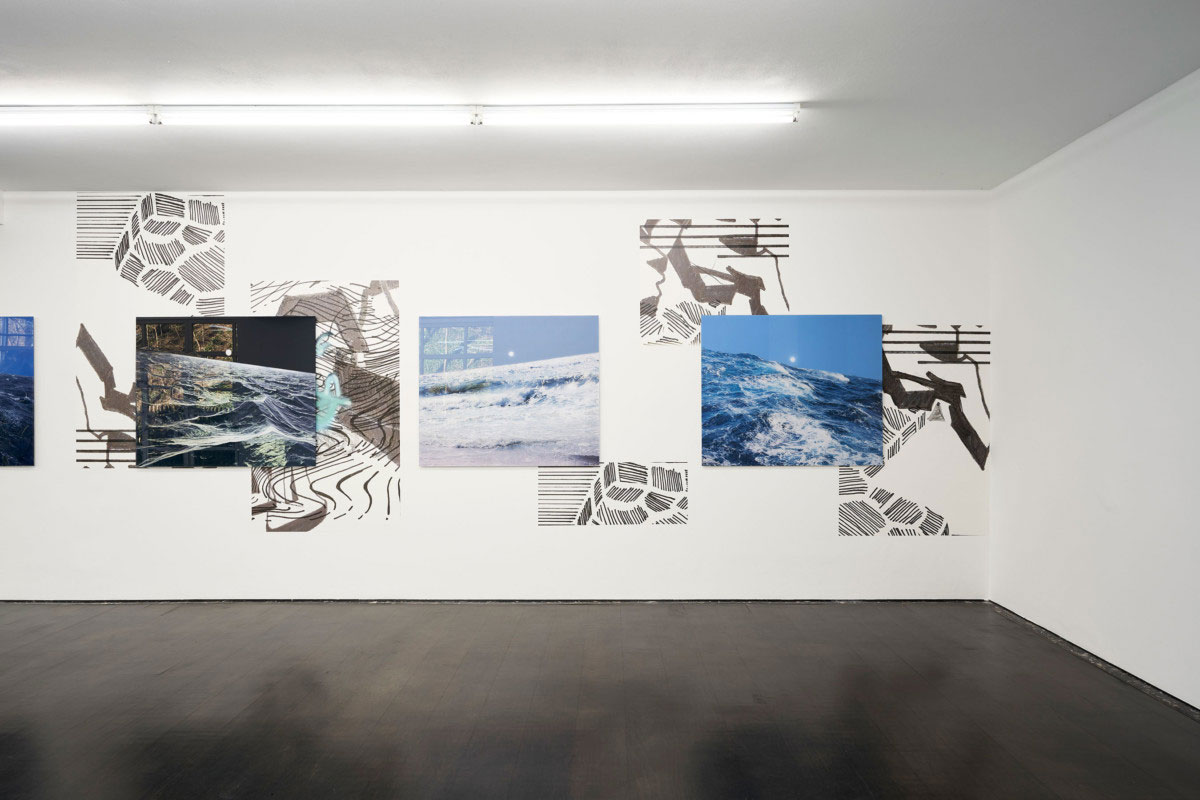

Right: Flaka Haliti, who is going to do?, dodo, fine Art print behing grass, resin, 170 x 112 cm, © Flaka Haliti, Courtesy the artist and Deborah Schamoni Gallery
